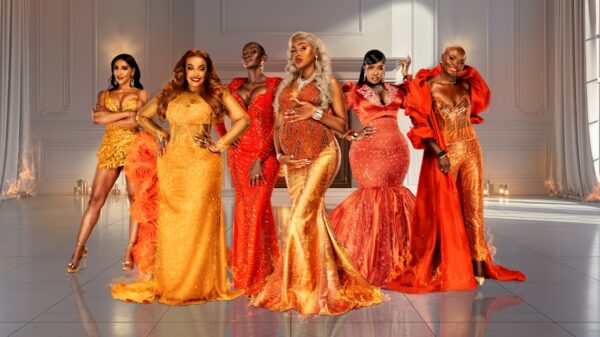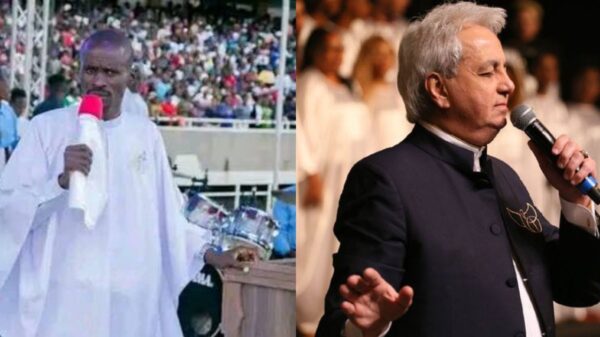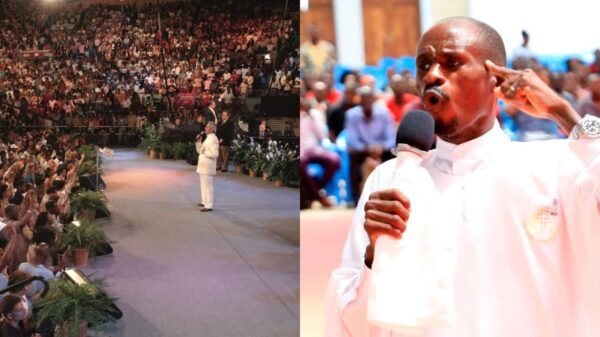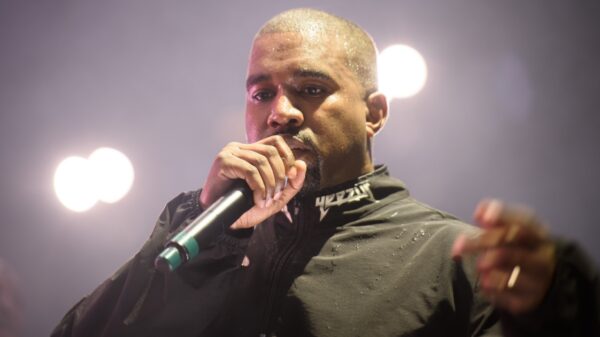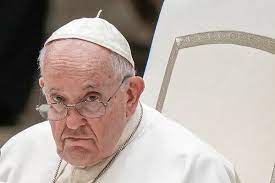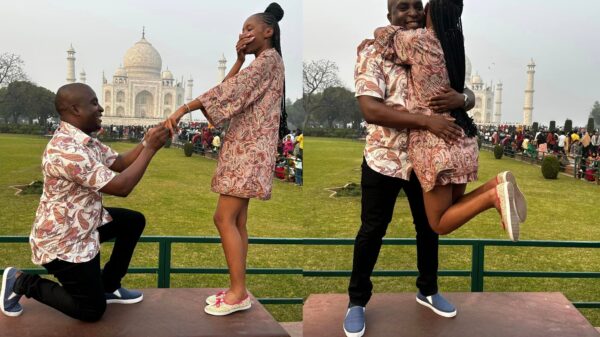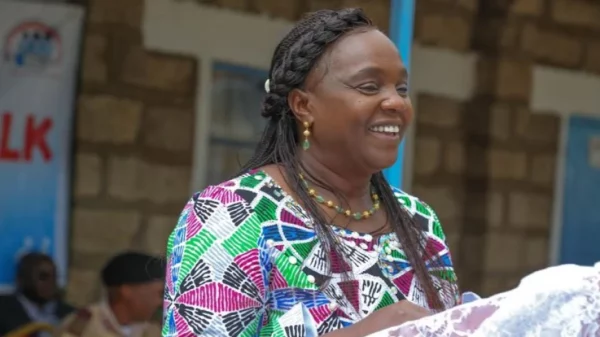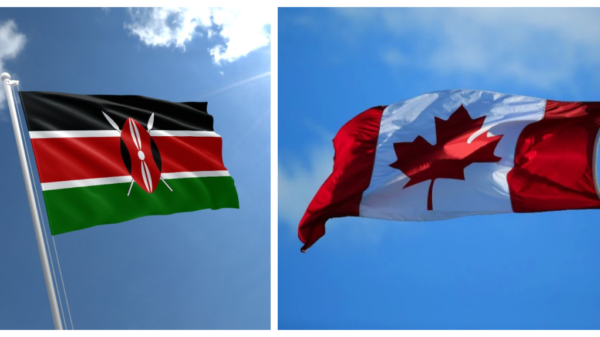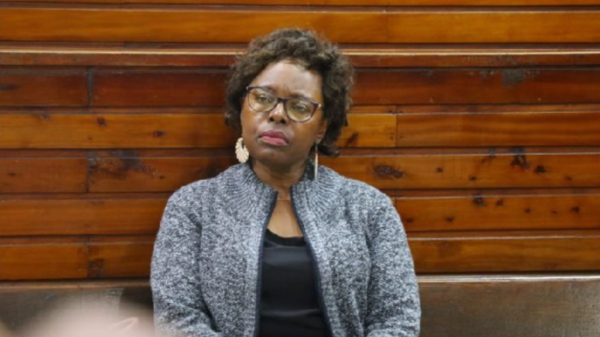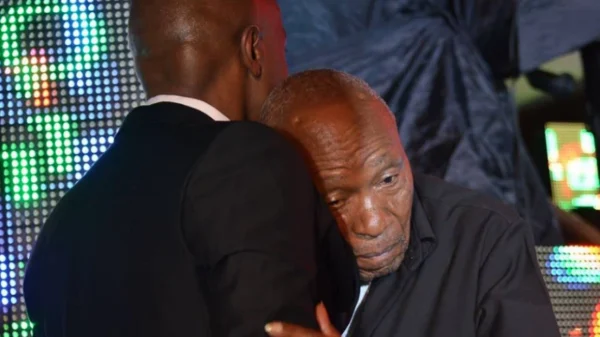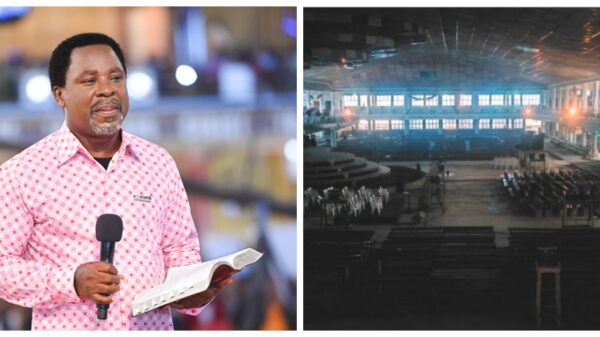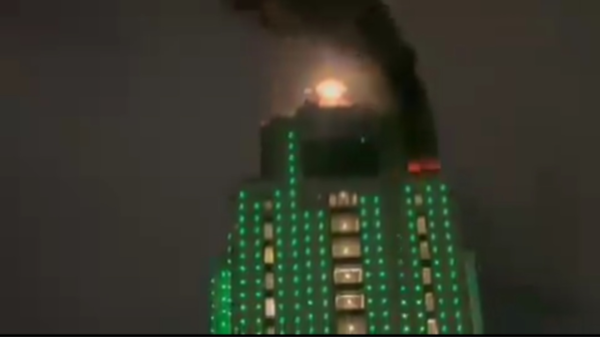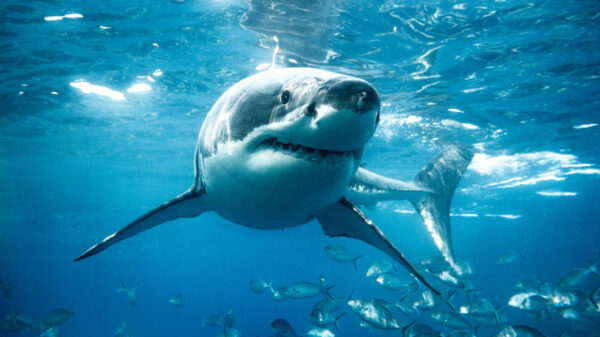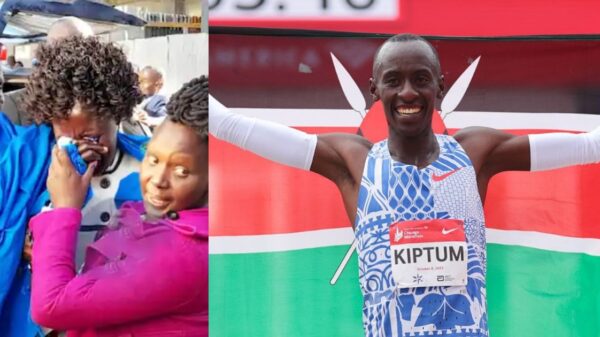• Lieutenant General Albert Kendagor will appear before the National Assembly for vetting
• The Chief of Defence Forces is a four-star general
• President William Ruto has demonstrated that he has no intention of interfering with military traditions
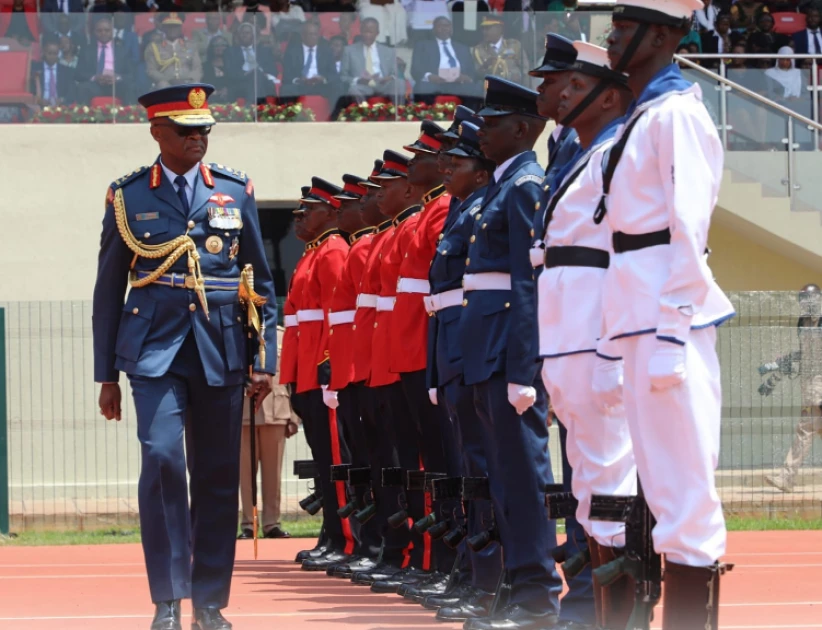
Lieutenant General Albert Kendagor will appear before the National Assembly departmental committee on defense, intelligence, and foreign affairs on November 2nd for vetting.
Lieutenant General Albert Kendagor’s depature to Tel Aviv on a mission provides the Commander-in-Chief and the entire defense infrastructure with enough leeway to make changes that will eventually pave the way for the succession planning of the current Chief of Defence Forces (CDF), General Fredrick Ogolla.
Lt Gen Albert Kendagor, a three-star general in the military arrangement, was the commandant of the National defence College, one of the world’s most prestigious military and leadership training institutions.
Kendagor’s departure from the institution leaves a void that must be filled by another officer of his rank or, more likely, by the promotion of a lower-ranking officer.
It is this thought that shifts all eyes to the Kenya Navy, the unit that is expected to produce the next CDF.
The Chief of Defence Forces is a four-star general. At any given time, the army can only have one four-star general.
The next rank is that of a lieutenant general, who is a three-star general.
Officers in this rank include the deputy CDF, the Kenya Army’s service commander, and commandants of defense learning institutions, among others.
Then there are major generals who are two-star generals, and they include service commanders of the Kenya Air Force and the Kenya Navy.
The Kenya Navy and Airforce are led by two star generals, which means that before they can assume military command, their service commanders must first be appointed to the rank of lieutenant general.
This is because, in the military, it is customary for a ranking officer to serve in all senior positions, even if only for a day.
The air force is currently led by Major General John Mugaravai Omenda, the navy by Major General Jimson Longiro Mutai, and the army by Lieutenant General Peter Mbogo Njiru.
Omenda and Njiru are out of the succession picture because the previous CDF was in the army and the current one is in the air force.
The rotational formula dictates that the next full general has to come from the white army.
Major General Mutai is the highest-ranking officer in the Kenya Navy at the moment. He might well be on the path to becoming the next CDF, but he must serve as a lieutenant general first, even if it is for a day.
That is why security players are closely monitoring the appointment of Lt Gen Albert Kendagor as an ambassador in terms of the vacuum created and, more importantly, the changes in the military that will be necessitated by the entire process.
What might hasten the changes in the military is the age factor. Gen Ogolla might not serve a full 4-year term.
This is due to the fact that he was 60 years old at the time of his appointment, but according to Tonje military succession rules, a general must retire at the age of 62. But the C-I-C in his wisdom can add the term of a CDF.
However, because the Tonje rules are not enshrined in law, the president can circumvent them. President Uhuru Kenyatta, for example, extended the tenure of all generals appointed during his tenure.
However, President William Ruto has demonstrated that he has no intention of interfering with military traditions by appointing Gen. Ogolla, despite being mentioned in an affidavit filed by former IEBC chair Wafula Chebukati at the Supreme Court during the petition against the presidential results.
The National Defence Council meets twice a year, in March and September, to deliberate and make recommendations to the Commander in Chief on the appointment of senior officers in the military.
However, the President and Commander in Chief can convene the council to discuss urgent matters.


